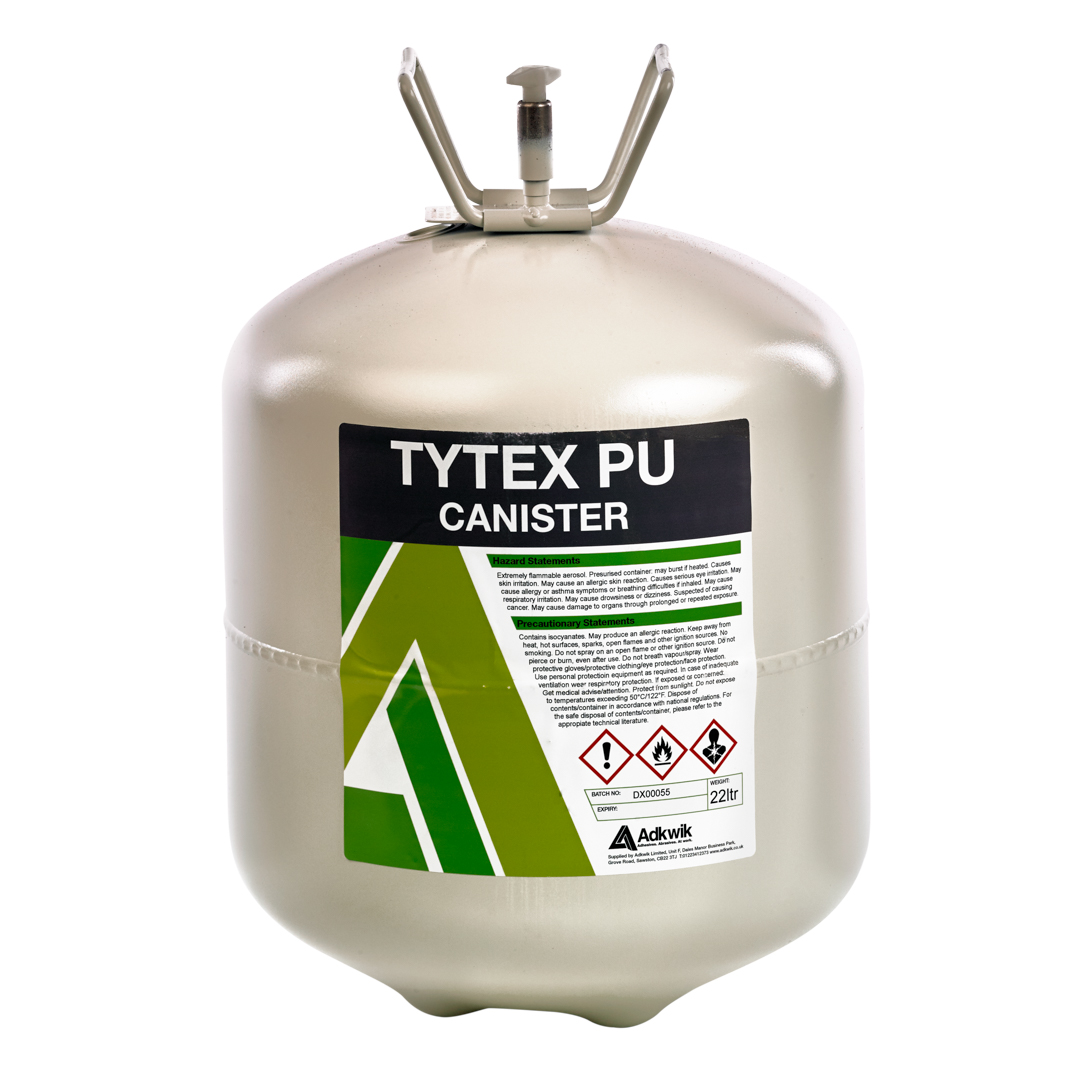How to stick rubber matting to different surfaces
When looking at how to stick rubber matting the first rule is that the bond you get is only as good as the surface you are sticking it to.
And…
There is a huge variety of surfaces you may be working with: gym floors, stables, walkways, ramps or boat decks – you name it, the list is endless. Whatever the case; dust, dirt, flaky paint or damp all make gluing rubber flooring that much harder.
Before you start it’s important to look at the type of rubber matting you are using and the area you are bonding it to. Some questions to ask yourself before you decide how to stick rubber matting include: what are the surface conditions? Is it internal or external? How hot or cold will the rubber matting get? Does the rubber matting contain chemicals such as oil that may affect the bond? Once you know the answers to those questions you can decide the best approach.
How to stick rubber matting to plywood floors

This is the most straightforward application, particularly in large areas like dance floors or horseboxes (you can read how we helped a horsebox manufacturer stick rubber matting to their floors here). Using a sprayable contact adhesive is a fast and straightforward option. Available in aerosol or canister format such as Timbond portable spray or L17 you apply it to both surfaces. When it’s dry bring the two surfaces together and compact the bond with a roller. With high performance applications using a sprayable PU contact adhesive such as Tytex PU canister, adhesive gives the ultimate bond. Specialist products like this need the right equipment and aren’t available in small aerosols, so it’s important to make sure you’ve got the right kit for the job.
Dealing with stable floors or rough concrete
This is possible but tricky as these surfaces can be soiled and uneven with a high moisture content. Concrete needs to be smooth and specialist products such as Tytex PU canister adhesive are a good choice. Joints between rubber mats need sealing with a suitable heavy duty sealant such as Tytex ultraclear MS Polymer adhesive sealant or Soudaseal 240FC.
Hand applied contact adhesives such as CT704 or A26 is also an option. Applied with a notched spreader or a Klebo contact spreader, it is ideal for precise areas such as ramps and steps and smaller areas that need precision. Two-part contact adhesives such as Bostick 2402 or Hypalon adhesives are best for boat applications or areas with extreme conditions. When correctly mixed and applied to both surfaces these form a very strong bond.
Contact Adkwik today
If you’re still not sure how to stick rubber matting to different surfaces why not reach out to our technical team on 01223 737091, via our live chat or email our team online HERE and we’ll be happy to help.
Here’s some products below we’ve discussed above you may be interested in…















